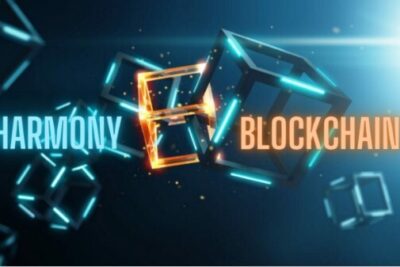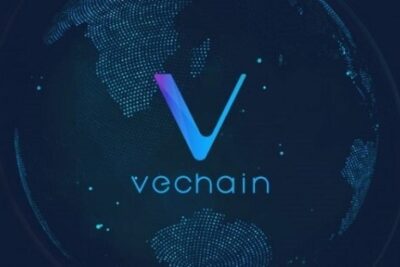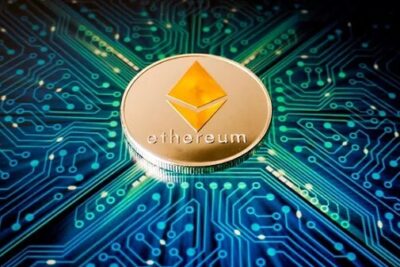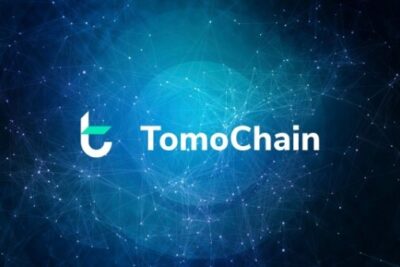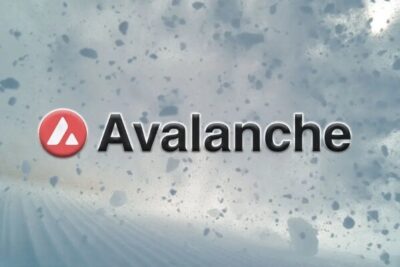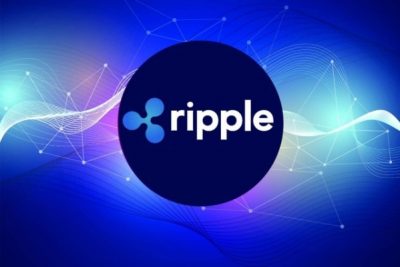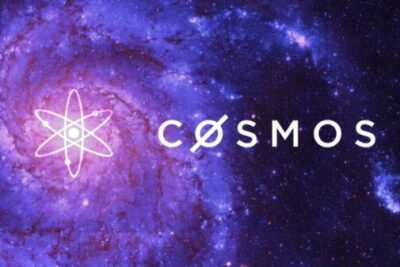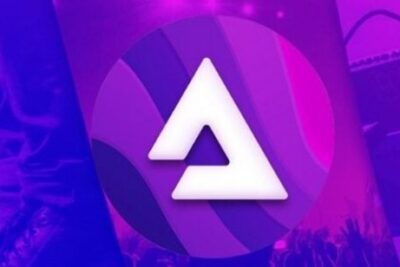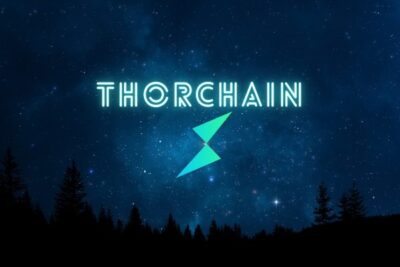

What Is Harmony ONE Blockchain And How Does It Work?
16 June 2022
If you are searching for new prospects or use cases using cryptocurrency, it may be a good idea to investigate a variety of alternative coin initiatives. You might already be familiar with the Harmony blockchain, or you could have learned about it via the crypto media.
Harmony ONE is a public and quick blockchain. The mainnet runs Ethereum apps with transactional finality in 2 seconds and 100 times lower fees. Our safe bridges provide cross-chain transactions with Ethereum, Binance, and three other chains.
In this post, bePAY will explain the project’s definition, its token ONE, some of its most important elements, and some of the ways that you may become involved so that you can have a better understanding of what is Harmony ONE.
What Is Harmony ONE?
What Is The Harmony Blockchain?
What is Harmony ONE? Harmony (ONE) is a blockchain-based platform that promises to solve the paradox of simultaneously attaining scalability and decentralization without compromising either.
In May 2019, Harmony (ONE) was introduced as part of Binance Launchpad’s initial exchange offering (IEO). It aims to serve as a link between scalability and decentralization initiatives. It was designed with “decentralization at scale” in mind, with a focus on data sharing and the development of fungible and nonfungible asset exchanges.
In addition, Harmony claims to provide high throughput with minimal latency and costs. When combined, they are projected to place the platform at the core of efforts to provide the foundation for future decentralized trustless economies.
Harmony was established in 2018 before the IEO. Who, however, is Harmony (ONE)? Multiple investors, including Silicon Valley’s Consensus Capital and Hong Kong’s Lemniscap VC, were interested in its April 2019 $18 million financing round. Almost $2.8 billion in ONE token were purchased by investors, with $12.6 billion set aside for pre-mining.
Investors with access to an ecosystem that will facilitate the company’s adoption across a range of industries, with a particular emphasis on data sharing, decentralized marketplaces, supply chain monitoring, ad exchanges, credit rating systems, and gaming.
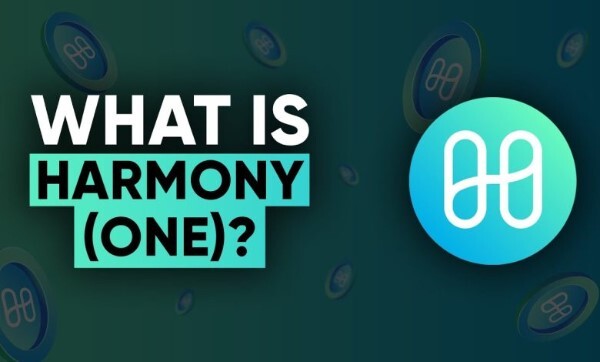
What is Harmony ONE?
>> Learn more about Initial exchanges offering (IEO)
Harmony Cryptocurrency
Harmony, like several other Layer 2 platforms, has its own community token called Harmony ONE. Its name underscores Harmony’s mission to assist open consensus methods for billions of people throughout the world.
Harmony ONE tokens are used to pay for all platform activities and amenities, including voting, transaction fees, gas costs, staking Harmony ONE, and collecting rewards. The token ran on a dynamic inflation schedule until March 2020. Later, a set yearly inflation rate was adopted.
Harmony gives a steady payment of 441 million ONE each year to validators. In order to achieve a net-zero state, transaction fees are burned, negating the ONE allocated for block rewards.
>> Recommend: What is proof of burn? And how does it work?
What Is Harmony Function?
The blockchain of Harmony is separated into four networks known as “shards” that run in parallel but are vetted by distinct groups of stakeholders; this division of labor increases the blockchain’s efficiency and decreases latency. This method is referred to by Harmony as effective Proof of Stake.
Harmony participants deposit their ONE tokens and are assigned to one of four shards (only one of which, Shard 0, is currently in use). Validators must store a complete copy of the transactions for a specific shard but, crucially, not a complete copy of the whole network.

How does Harmony work?
As compensation, they receive freshly created coins and a percentage of transaction costs. After a period known as an “Epoch,” they are cycled across shards to prevent them from becoming too comfy. Currently, each shard has 250 validator slots, but growth may add more.
The ingenious plan of Harmony is to randomly allocate stakeholders to each shard to prevent concerted attempts to seize control of the network. Harmony also prevents token hoarding is done by fining individuals who wager in excess of a certain limit and rewarding those who bet less. The (alleged) consequence? Reduced transaction times and prices, without compromising security.
Harmony Main Features
Harmony’s team is now developing three other big improvements with the potential to creatively upset the DeFi market.
Harmony ONE Wallet (Noncustodial Special Wallet)
To retain your cryptographic security, you will require a robust password and private keys stored in a secure location. If Harmony is successful, this will change. The Harmony development community is producing a Harmony ONE wallet that can be accessed with two-factor authentication as a solution. Regarding privacy, it is unclear how this may function, but we’re crossing our fingers.
Stablecoins And DeFi Protocol
Harmony also plans to develop a DeFi currency that will give stablecoin holders an annual interest rate of 20%.
The Ultimate Goal Of Harmony
A Bitcoin Cross-Chain platform will provide a bridge-like medium that facilitates transactions across two distinct protocols in three minutes. This is an enormous challenge in DeFi, and THOR-CHAIN will be the only protocol to overcome it.
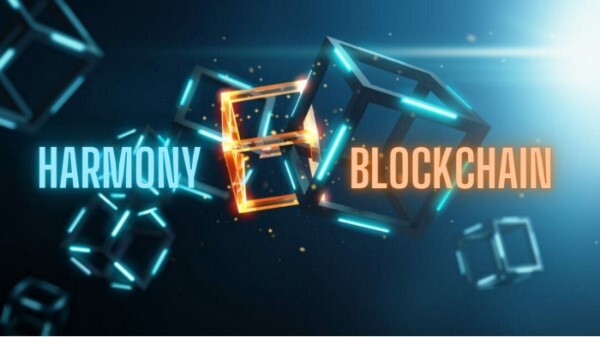
Main features of Harmony
The Team Behind Harmony ONE Blockchain
The team is producing the best consensus, networking, and systems research. Our team is enthusiastic to design an open consensus system that will favorably benefit people globally.
Stephen Tse
Since high school, Stephen Tse has loved protocols and compilers. He reverse-engineered ICQ and X11 protocols, wrote in OCaml for 15 years, and has a PhD in security protocols and compiler verification. Stephen worked for Microsoft Research, Google, and Apple as a search ranking engineer. Apple purchased his mobile search firm, Spotsetter.
Nicolas Burtey
Nicolas Burtey started a VR video firm in 2012 and raised $10m. Orah sold GPU-powered live stitching software and 360° cameras in 70 countries. Nicolas has a BA in math and an MA in computational photography. His master’s thesis at ENSL was “Space and time in panoramic photography”.
Kothari
Alok Kothari worked on Siri’s deep learning natural language models. He researched NLP, IR, and ML and published them at SIGIR, ICWSM, and EMNLP. His ICWSM 2013 article earned the best dataset.
Alok’s book “Game Changers” profiles IIT Kharagpur entrepreneurs. He co-founded the university’s entrepreneurship unit, which features 60 student firms. Carnegie Mellon University awarded Alok a master’s in AI and language technology.
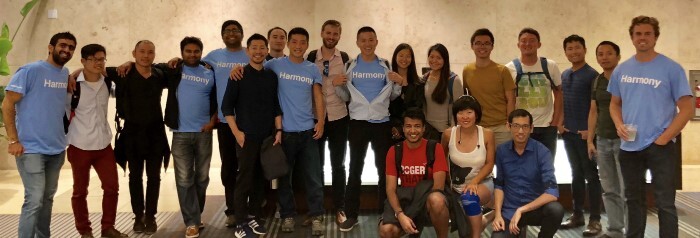
Harmony One team
Rongjian Lan
Google Play Store search engineer Rongjian Lan. He wrote 10 publications on Spatio-temporal querying and Map-based visualization. Rongjian researched decentralized protocols in 2017. More than 100 Google, Facebook, and Linkedin developers are members of Rongjian’s ABC Blockchain Foundation. He earned a bachelor’s degree in computer science from the University of Science and Technology Beijing.
Doan Minh
Minh Doan spent 5 years on Google Assistant, Play, and Plus. He won the USA Computing Olympiad Open and many others. Minh invented Google’s “Publisher Click-Ring Fraud Detector”.
Minh studied algorithms and distributed systems at UC Irvine. Moscow State University awarded him a master’s in computer science and math. IEEE Congress on Evolutionary Computation published his work “An effective ant-based approach for the degree-constrained minimal spanning tree issue.”
Nick White
Nick White studied signal processing, optimization, and control at Stanford University. As a Stanford graduate teaching assistant, he studied AI and arithmetic under Bernard Widrow. Nick was the AI specialist at the Hong Kong-based AI incubator Zeroth. AI and mentored over 20 teams from 5 continents. Yoga instructor and surfer.
Sahil Dewan
Sahil Dewan was president of the blockchain and cryptocurrency club at Harvard Business School. He advised blockchain projects at Draper Dragon Fund. Sahil launched FuturEd, an ed-tech business that pioneered a mobile platform for alumni connection and fundraising. He was also chosen as president of AIESEC India, a global young leadership organization.
Li Jiang
Li Jiang is a Global Silicon Valley creator, documentary producer, angel investor, and institutional investor (GSV Capital). Over a dozen software entrepreneurs focused on worker productivity, resource management, life extension, and blockchain have received his backing.
Li Jiang studied economics at Northwestern and Tsinghua universities. He’s an adjunct professor at Northwestern’s Farley Center for Entrepreneurship and Innovation.
FAQs About Harmony Blockchain
Is ONE An ERC-20 Token?
The ONE tokens were first issued as ERC-20 and BEP-2 standards. However, with the launch of the Harmony mainnet, these tokens were converted 1:1 into native ONE tokens.
Is Harmony ONE A Good Investment?
When it comes to investing, it’s all about you when you investigate, is Harmony ONE a good investment? Stay up-to-date on any new developments in the Harmony ecosystem and do your own research.

Is Harmony ONE a good investment?
A solution to scaling and interoperability issues and a beneficial basis for DApp developers, Harmony is still in development, but it has been seen as a step in the right direction. At this point, Harmony is on its way to becoming a top-tier crypto network noted for its speed and efficiency. Low gas and transaction costs are delivered by the platform.
Like any other cryptocurrency or platform, ONE is expected to rise in value over time as Harmony becomes more popular. If this is the case, we may see more applications for Harmony ONE in the future besides trading and staking Harmony ONE.
Where To Buy Harmony ONE Coin?
Binance, Crypto.com, and Huobi Global are among the many exchanges where to buy Harmony ONE coin.
Harmony Pros And Cons
Below are some pros and cons of the Harmony blockchain:
Pros
For the first time, a multilayer category has been represented. How quickly is Harmony compared to its rivals? Yes, that’s correct. It’s fast, and it has the necessary infrastructure to scale and be reliable at larger scales. It appears like Harmony the also doing an excellent job with its partners. It had an IEO and Binance Labs financing, which indicated that the team was well-versed in the industry.
With NFTs, digital currency is taking off. Due to Ethereum’s high gas fee, many users have refrained from purchasing any of the cryptocurrency’s units. In early 2022, the ONE token may be made available on Coinbase for purchase by the general public. This would be a catastrophe if it occurred.
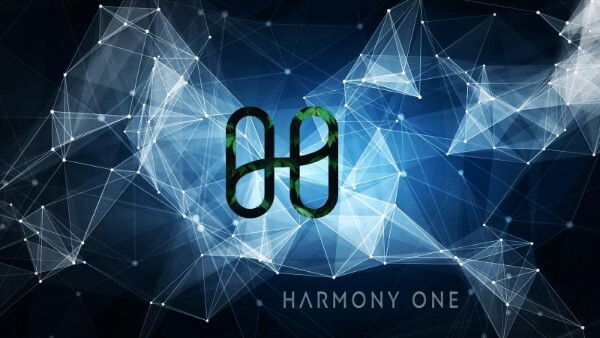
Harmony’s pros and cons
>> Deep research on what is Ethereum gas fee
Cons
Harmony’s weaknesses have already been addressed by Ethereum and Zilliqa. Alternatively, may harmony be a better choice? Probably. As joke currencies have shown us, good use cases aren’t enough to make a cryptocurrency popular. Instead, the general population is intrigued by the current craze – whichever cryptocurrency is deemed the “greatest” by the crypto market.
The 5G network, for example, is critical to Harmony’s efficiency. In far too many parts of the world, it has been taken offline for the time being. However, after a brief chat, the founder of Harmony, Stephen Tse, refused to comment on the Harmony ONE roadmap. This was a disappointing night for a cryptocurrency that has been the subject of so much attention.
Closing Thoughts
Although right now the Harmony ONE roadmap for its token is still unclear. The notion of creating an Ethereum blockchain layer-2 scaling solution resonates with Harmony. The Harmony consensus protocol is being used with a sharding-based blockchain. Faster and more energy-efficient transactions are the norm. A two-second finality and 100 times reduced fees on Harmony bridges enable ultra-fast, inexpensive digital asset exchanges.
By providing Dapp developers with a properly optimized environment for DeFi Dapps and transactions with nearly immediate finality, Harmony hopes to overcome the problem of inefficient scalability and interoperability. As one of the fastest and most functional networks, Harmony promises to have minimal latency and cheap costs.
When it comes to Dapp development and rapid transactions, the native token of Harmony, ONE, becomes increasingly useful as adoption grows. Traders may make money by buying and selling ONE or staking Harmony ONE tokens for rewards as validators, while network users can use ONE to gain access to all of the network’s features.

What Is Tendermint? What Makes Tendermint Great?
30 July 2022
What Is GUSD Coin – Whether Is It Really Safe?
31 May 2022